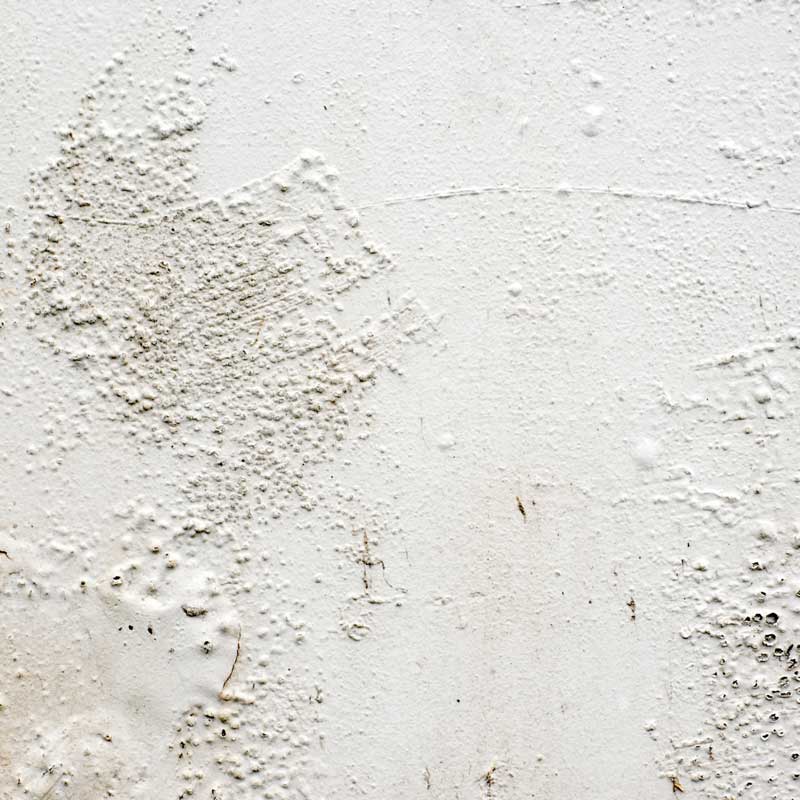Why You Shouldn’t Paint Concrete
When it comes to enhancing the aesthetic appeal of concrete surfaces, painting seems like a quick and easy solution. However, this leads to common problems like blistering, flaking, peeling, and uneven patches. Below, we explain why you shouldn’t paint concrete with conventional paint and recommend an alternative where the colour penetrates the concrete without affecting the breathability and aesthetics of the new colour.
Why Conventional Paint Doesn’t Work On Concrete Like Pre-cast Walling
- Concrete is a very hard, yet porous material. It is natural for moisture and air to penetrate its surface where most other things can’t. When paint has been applied to concrete, it forms a layer on top of the surface as the paint is thick and its molecules are too big to penetrate the concrete. As a result, the paint will peel and flake, especially in areas with high humidity.
- Concrete surfaces expand, contract, and wear down over time. The rigid nature of paint makes it prone to cracking under pressure which leads to flaking and peeling.
- Paint on concrete absorbs differently, and if it’s not done right, this will result in uneven patches.
- Paint on concrete can cause blisters or bubbles due to the loss of adhesion between the paint film and the surface.
The Alternative That Does Not Peel or Flake
Guard Industry has over 30 years of experience in concrete aesthetics and protection. We offer a range of concrete stains that protect concrete from water, oil, and graffiti. This led us to also develop coloured sealants to beautify concrete.
Guard Industry colour sealants are 40 microns maximum compared to conventional paint which is more than 200 microns. This means the sealant penetrates the capillaries in the concrete and that the colour becomes a “part” of the concrete or material itself.
Because Guard Industry’s sealants do not sit on top of the concrete, the concrete it is applied to maintains its minerality. It still looks and feels like concrete. Most importantly, Guard Industry sealants maintain the concrete’s breathability. Additionally, this alternative not only protects the concrete but also retains the natural texture of the concrete’s surface. To read more about these decorative coloured sealants, click here.
Available in a wide range of colours, opacity, and protection levels.


